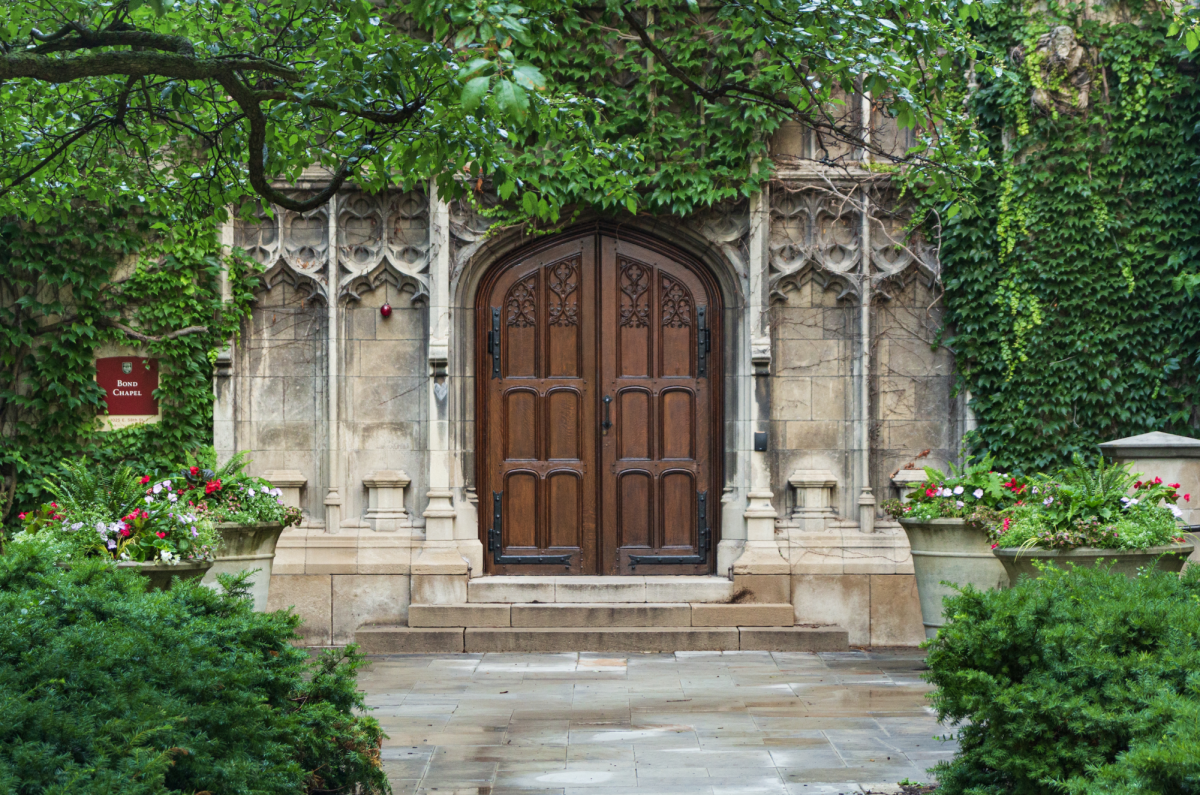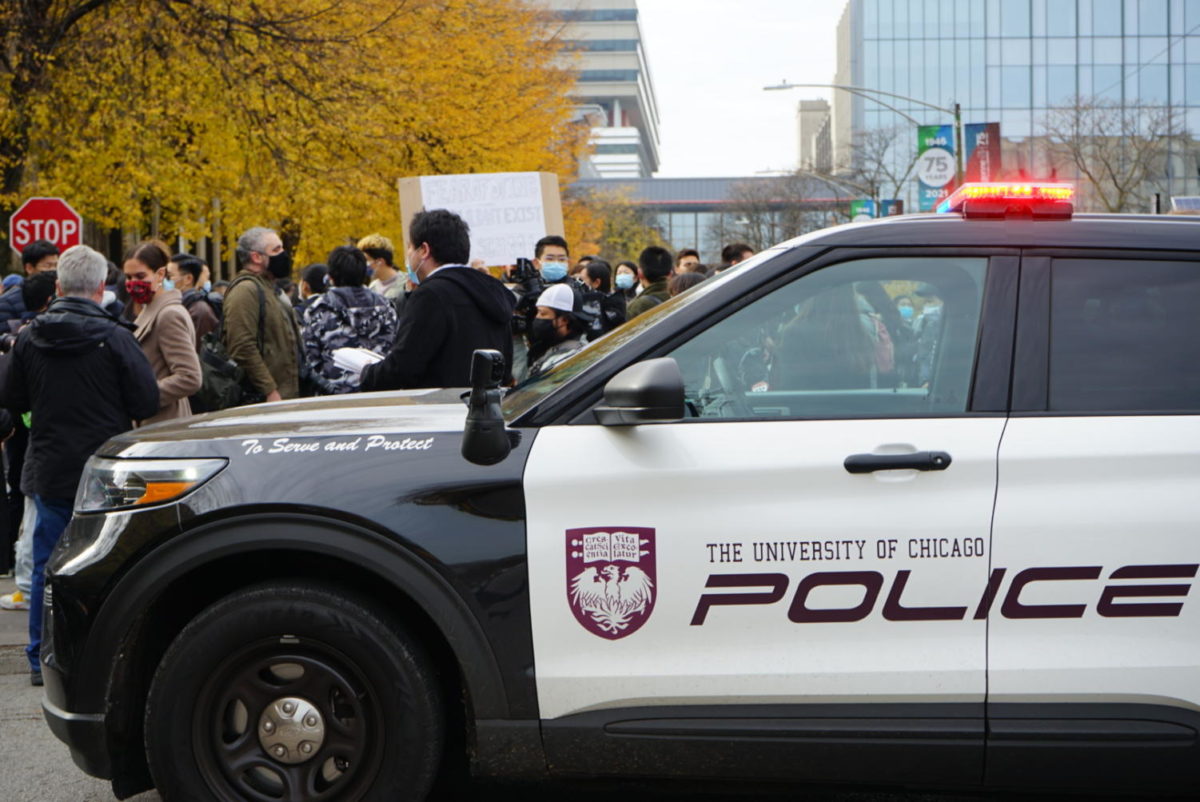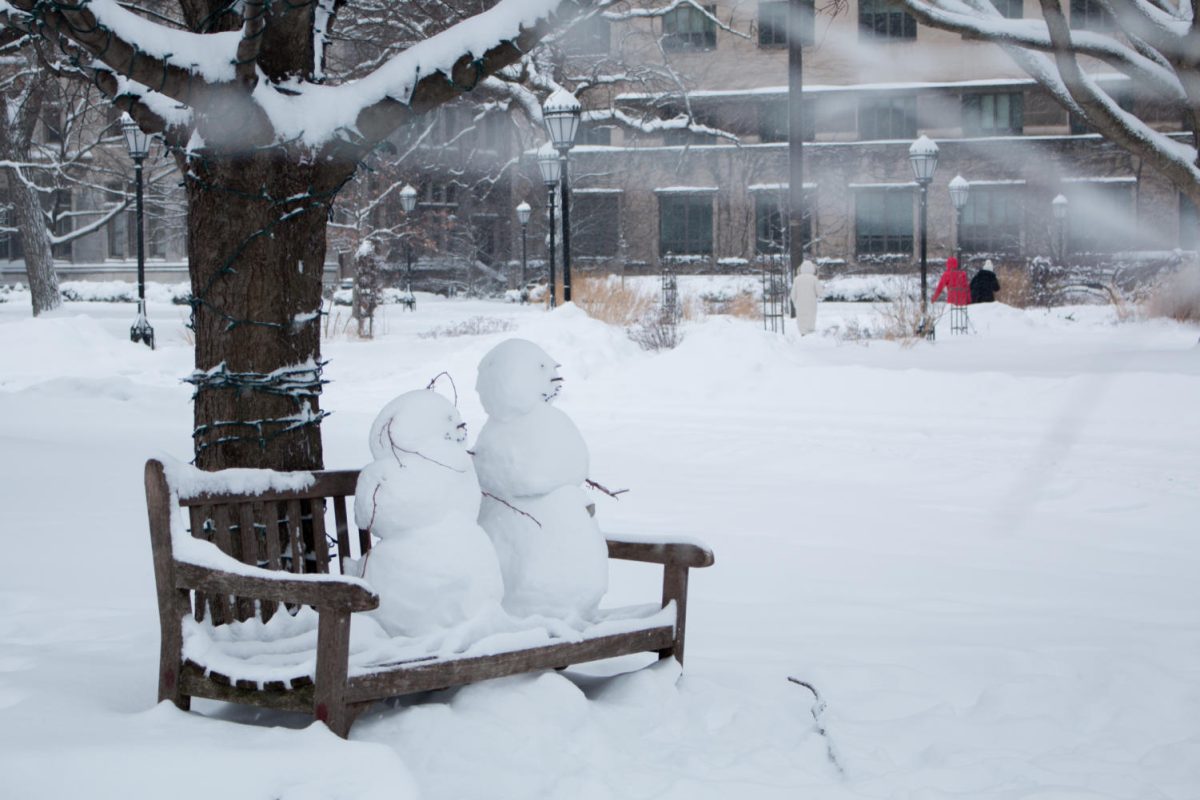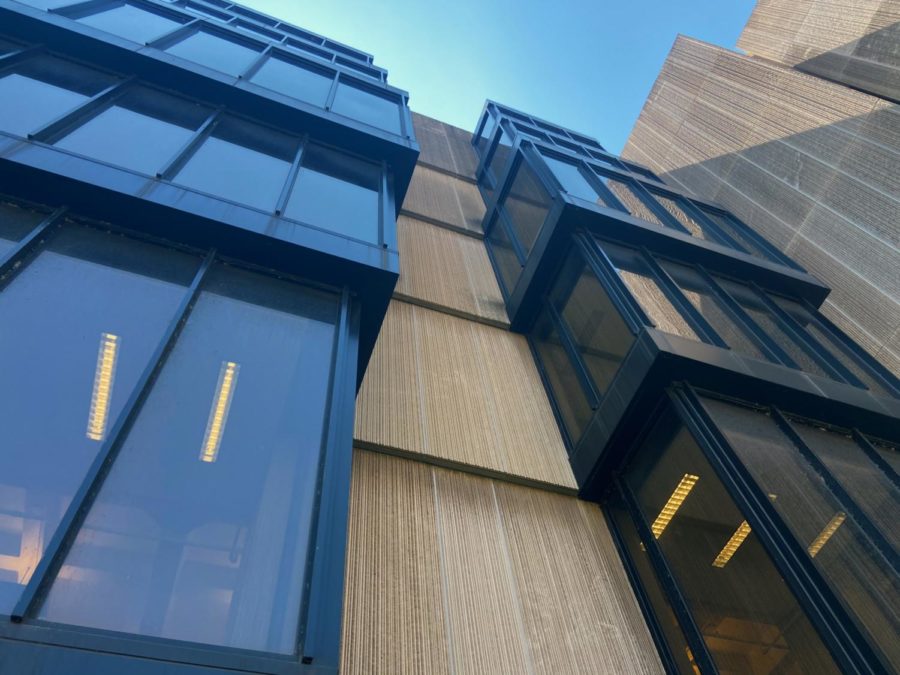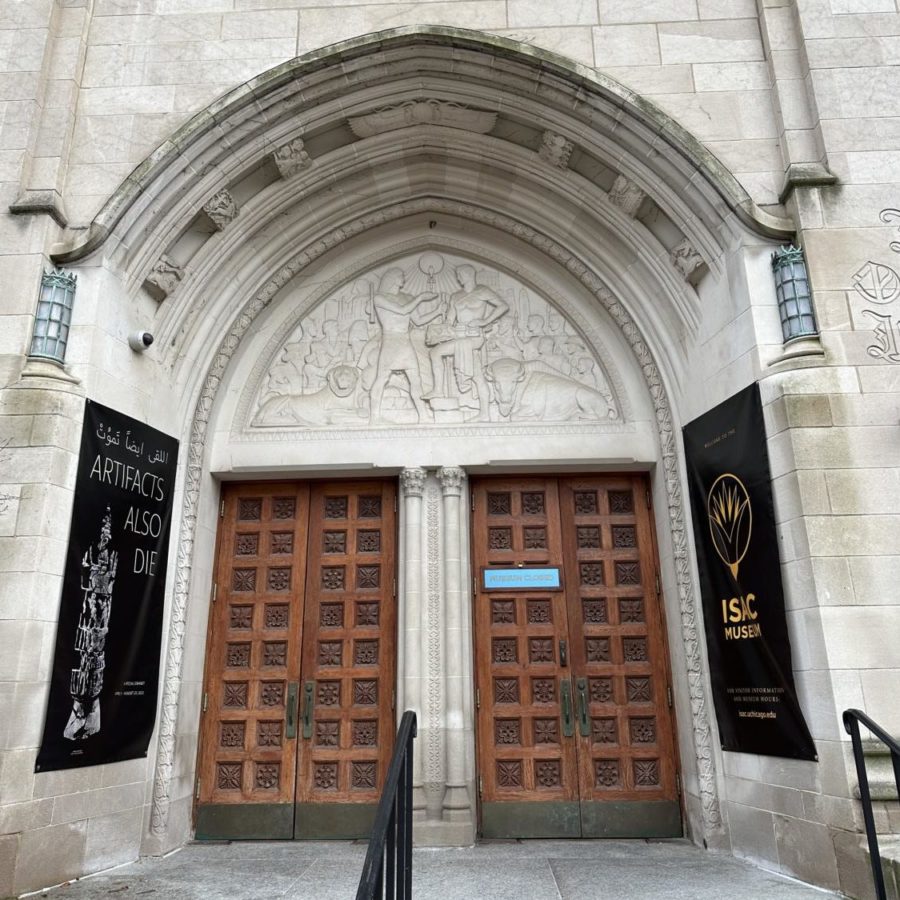The Hyde Park bubble might not be so impermeable, after all. On Friday, Facebook lit up with the news that Chicago Police arrested dozens of protesters who had barricaded themselves inside the Woodlawn Mental Health Center—just steps from South Campus. The same day, both outside activists and local residents began occupying the empty lot across the street, drawing a steady stream of intrigued students all weekend. Meanwhile, preservationists announced they were gearing up for a fight with the University over the 5700 block of Woodlawn Avenue. Additionally, increased gang violence in neighborhoods to our south and west drew concern even as Chief of Police Marlon C. Lynch announced via e–mail a declining crime rate in the Hyde Park-South Kenwood community. The past few days, more than most, serve as a reminder that students should not only be aware that issues exist between the University and the community at large, but also understand and strive to address them.
Anyone with a cursory familiarity with local history knows there has long been friction between the U of C and its surroundings. Whether it’s town and gown tensions right here in Hyde Park or the complex issues of race and class that trouble the University’s interactions with adjacent neighborhoods, students are partial heirs to a long legacy of mutual mistrust that continues to resonate today. Although it is the Administration that has the greatest sway over that relationship, the student body has a vital role to play in building bridges to the community beyond the quads.
Although protests and demonstrations tend to garner publicity, a student doesn’t need to be an activist to get involved in a way that demonstrates empathy, friendship and, most importantly, understanding. Joining a service-based RSO—there are over 60 of them, many of which are focused on the local community—is another productive option. These RSOs span a broad spectrum of goals and motivations that would appeal to students with a similarly wide array of interests, including working with and teaching local youth, providing meals to the homeless, and promoting health education.
But getting involved often starts with getting informed. Local aldermen hold public meetings when pressing community issues demand them, as Fifth Ward Alderman Leslie Hairston did earlier this year and late last year to discuss the University’s Planned Development amendment. Attending meetings of this nature would enable students to gain perspective on key issues, and would also signify to the community that students know they have a stake in local affairs as well.
A consciousness of the history, politics, and sociology of the neighborhood benefits more than community relations. It can also enrich the experience of the individual student. The link is obvious for those focused on the humanities and social sciences, who need look no further than their own backyards for deeply interesting subject matter congruent to their academic pursuits. But students of all stripes will find meaning and relevance to many of the broader issues of our day in the stories of their neighbors. They might even find community and friendship, too.
The Editorial Board consists of the Editors-in-Chief and the Viewpoints Editors.




